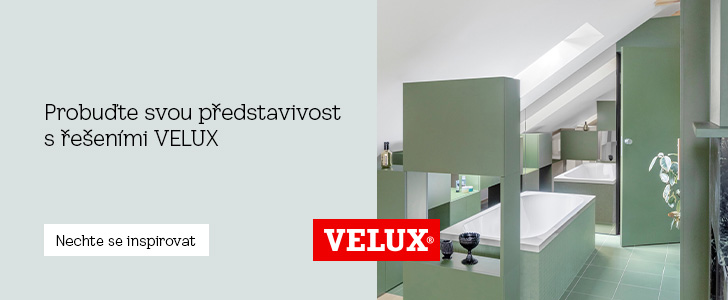
Rajniš is the author of the department store Máj as well as unconventional observation towers
 |
Rajniš, a native of Prague, studied architecture at Czech Technical University and then worked for many years at the renowned SIAL studio in Liberec, led by Karel Hubáček. Together with John Eisler and Miroslav Masák, he designed the Máj department store in Prague, which began construction in 1972 and was opened three years later. The facades of Máj showcase the contrast of a fully glazed escalator hall with the unornamented concrete tower of the freight elevators. The building of Máj, technically and architecturally timeless for its time, continues the interwar functionalism and foreshadows the high-tech style in the interior. In 2006, the department store was declared a cultural monument.
Rajniš left SIAL in 1979 and collaborated as an independent architect with the architectural studio Shape from 1981 to 1985. He was, for example, the author of the Transportation History Pavilion at the EXPO World Exhibition in Vancouver in 1986. After the revolution, Rajniš led D. A. Studio with Stanislav Fiala, Jaroslav Zima, and Tomáš Prouza, whose most extensive work became the construction of a new shopping center in Prague's Smíchov, which opened to visitors in November 2001. It was built as one of the first centers of its kind in the Czech Republic on the site of the former Ringhoffer factory, later ČKD in the Angel area.
Since 2002, his work has taken a different direction. He focuses on smaller buildings made from natural materials and uses wood as the primary construction material. Together with Patrik Hoffman, he designed the modern Czech Post Office Anežka at Sněžka, which replaced the original 19th-century structure in 2007. The new modern building is constructed from wooden parts reinforced with steel ties and is complemented by glass panels that cover the hydraulically operated wooden shutters. In June 2008, the unique wooden lookout Bára in the shape of a triangular pyramid designed by Rajniš was opened on the hill Podhůra near Chrudim. However, it served tourists for only four days before being destroyed by a violent storm that toppled the entire tower. A renewed, more durable Bára II, with a total height of 30 meters, was opened in September 2009.
Since 2012, Rajniš has been leading the architectural studio Huť architektury. In 2013, a lookout tower based on Rajniš's project was created for the fictional Czech genius Jára Cimrman. The Museum and Lighthouse of Jára Cimrman were built in Příchovice, in the Jablonec region on the border of the Jizera Mountains and the Krkonoš. The circular all-wood lookout, which resembles a lighthouse in silhouette, is 24 meters tall and seems to grow directly from the museum, which is partially built into the slope. In 2016, a steel-wood structure named Gulliver, 42 meters long in the shape of an airship, was created between two buildings of the DOX Center for Contemporary Art in Prague. Since 2017, Rajniš's wooden lookout Ester in Jerusalem symbolizes the close relationship between the Czech Republic and Israel, and a year later, a 23.5-meter tall lookout Doubravka in the shape of a triangular pyramid was opened, adorning the nature park Čihadla in Prague 14.
Rajniš has previously taught architecture at VŠUP in Prague and led an architecture studio at the Technical University in Liberec. From 1992 to 1995, he was a member of the court of the Czech Chamber of Architects, which he helped establish. In 2014, he was elected president of the Grémial Council of the Institute of Planning and Development of the Capital City of Prague.
The English translation is powered by AI tool. Switch to Czech to view the original text source.











